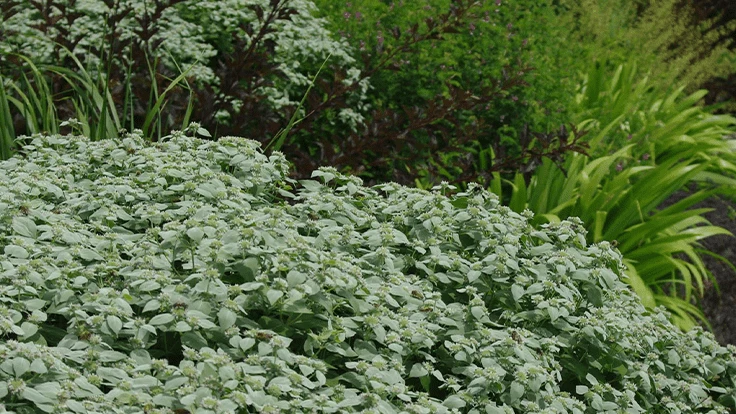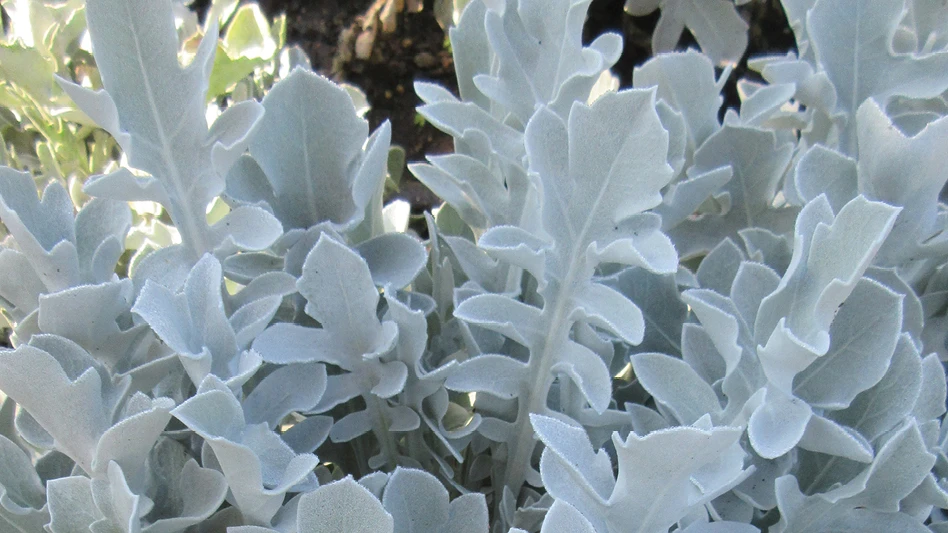
The Pennsylvania Horticultural Society has shared its list of Gold Medal Plant winners for 2022. The Gold Medal Plant Program was created by PHS in 1979 to celebrate and showcase beautiful, easy to grow plant species ideal for home gardening. Each year, a committee of horticulture experts convene to assess trees, shrubs and perennials on various criteria including their suitability for home gardens in the mid-Atlantic region, their ease of cultivation, ready commercial availability, wildlife value, weather tolerance and pest resistance.
Since the program’s inception, PHS has named over 150 Gold Medal Plants. Including this year’s winners, all plants are indicated for their hardiness in the 5 to 7 hardiness zones, which covers the Mid-Atlantic region, but are also valid in other regions.
“We hope that the PHS Gold Medal Plants list will help gardeners find the right species of plants to suit their garden’s unique needs, while also inspiring them to include plants they may not have considered before,” said Andrew Bunting, PHS’s vice president of public gardens and landscapes. “We take care to ensure a diverse selection of plant species by beginning the process with submissions from a wide spectrum of horticulturists, so each year’s Gold Medal Plant winners include a variety of plants for every garden condition, size, and need.”
To learn more about this year’s Gold Medal Plants, or to view previous year’s winners in PHS’s online database, please visit: https://phsonline.org/for-gardeners/gold-medal-plants
2022 PHS Gold Medal Plants

Abelia x grandiflora ‘Little Richard’, glossy abelia
An ornamental shrub with alluring small, white flowers that bloom in late spring and early summer. In the fall, the foliage of this evergreen shrub changes to an orange-pink hue. ‘Little Richard’ is a fast-growing shrub that grows exceptionally well in containers, is deer resistant, and attracts pollinators. It is a great shrub for hardiness zones 6-9.

Acer x freemanii Autumn Blaze, Freeman maple A large native shade tree with spectacular orange-red fall foliage, this native cultivar will cool surrounding temperatures and benefit the environment by attracting native birds. It is also deer resistant, and Autumn Blaze is tolerant of dry and wet soils. This species is hardy in zones 4-8.

Cornus kousa Scarlet Fire, Kousa dogwood
This plant is a flowering dogwood with magnificent, fuchsia-colored flowers. Scarlet Fire® adapts very well to many different climates and soils. It is a medium-growing tree that blooms within two years of being planted. Scarlet Fire® is a relatively new addition to the ornamental landscape and is both deer and disease resistant to anthracnose, powdery mildew, and other common plant diseases. It is hardy in zones 5-8.

Heuchera 'Caramel', coral bellsThis perennial works well in the landscape as a ground cover, or for massing in a perennial border. ‘Caramel’ is a vigorous, clump-forming coral bells cultivar that features unique apricot foliage. It provides three seasons of interest: spring, summer, and fall. ‘Caramel’ is deer resistant. It is hardy in zones 4-9.

Ilex opaca 'Maryland Dwarf', American holly
A sun-loving, low-growing native holly, this plant is shade tolerant and grows well in average to somewhat moist soil. This exceptional holly has broad spreading habit that boosts winter interest in the garden and landscape. This holly is a beautiful addition to small garden spaces, is hardy in zones 6-9, and is deer resistant.

Pycnanthemum muticum, mountain mintThis is a fragrant perennial with dark green leaves that taste like peppermint when crushed. Unlike most other mint relatives this vigorous grower is not invasive. It grows best in moist to medium moist soils, can be planted in meadows, and is a fantastic addition to a perennial garden. It also attracts pollinators and is one of the best perennials for deer resistance. Mountain mint is hardy in zones 4-8.
For information and to support this impactful work, please visit www.PHSonline.org
Latest from Greenhouse Management
- Veseris expands in turf and ornamental with acquisition of Tessman and Lynde companies
- BioTherm launches Ultimate Grower Climate Control System
- Jess Lyga joins Bailey sales team
- Happy holidays from the GIE Media Horticulture Group!
- North Carolina Nursery & Landscape Association announces new executive vice president
- Plant Development Services, Inc. unveils plant varieties debuting in 2025
- Promo kit available to celebrate first National Wave Day on May 3
- Applications now open for American Floral Endowment graduate scholarships





